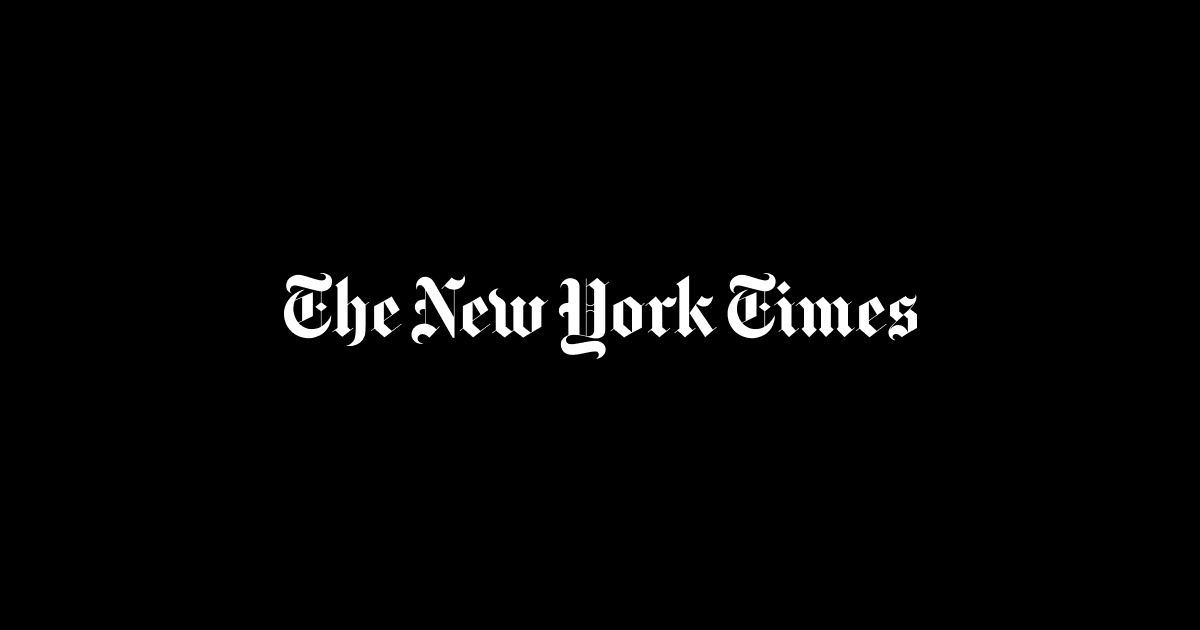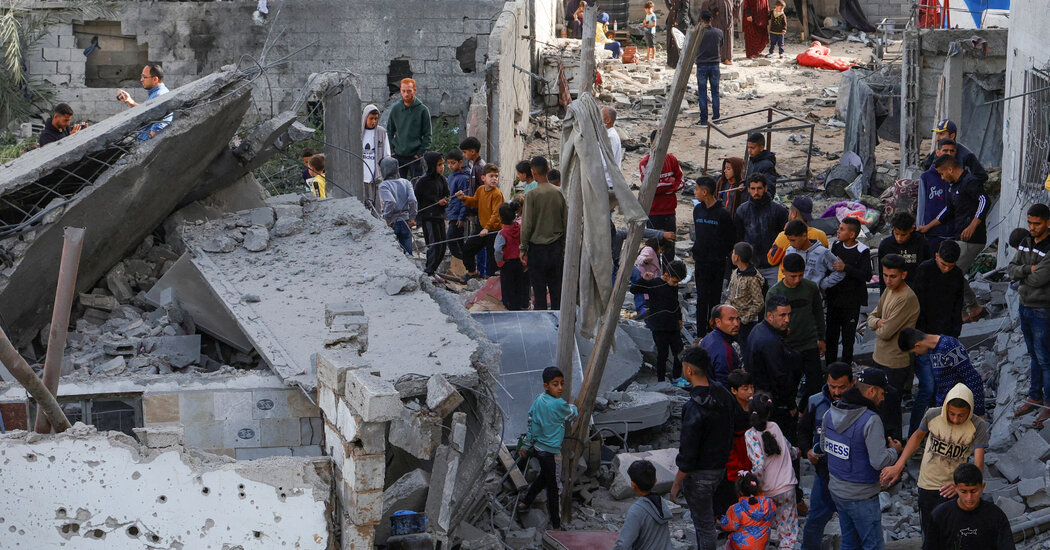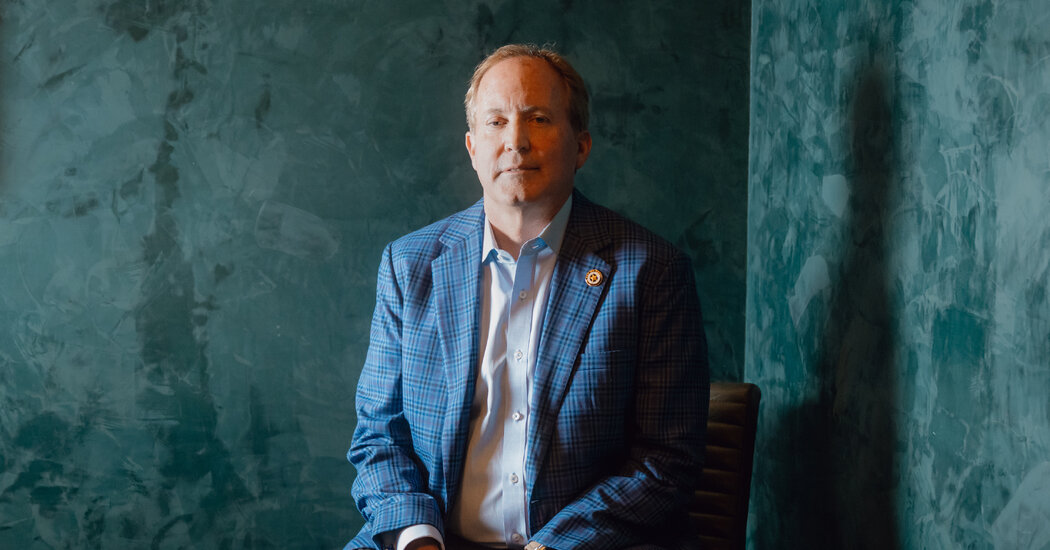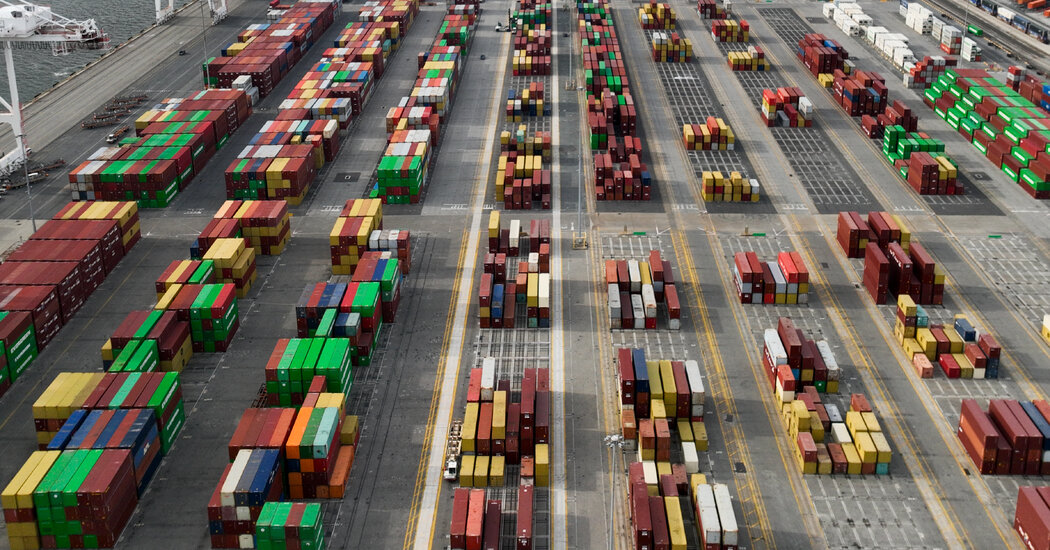Changes in the International Order Since 1945
The international order is undergoing changes of a magnitude not seen since 1945.
The international order is undergoing significant changes
Kaja Kallas emphasized the implications of these changes, noting how they are reshaping global alliances and economic partnerships. This shift is causing European countries to reassess their strategic positions and consider alternative collaborations to ensure stability and growth.
America’s Hostile Attitude Toward Europe
During a summit, she highlighted the shift in global dynamics, emphasizing the need for Europe to reevaluate its strategies on the world stage. With economic and geopolitical tensions rising, she stressed the importance of unity and collaboration among European nations to effectively navigate the challenges ahead.
America’s Shifting Diplomatic Stance
It is a sentiment echoed by many leaders who feel that the transatlantic relationship is being redefined, marked by new challenges and diverging interests. This transformation has led to increased uncertainty about future collaborations, with countries positioning themselves to adapt to these shifts. The balance of power is gradually shifting, prompting nations to rethink their strategies and alliances in a rapidly evolving global landscape.
Implications for Global Stability
In conclusion, the evolving dynamics of the international order, as highlighted by key diplomatic voices, reflect broader shifts that necessitate keen observation and adaptability from global actors. The changing attitudes and interactions underscore the complexity of current geopolitical landscapes, urging for continued dialogue and cooperation amidst emerging challenges.















Post Comment